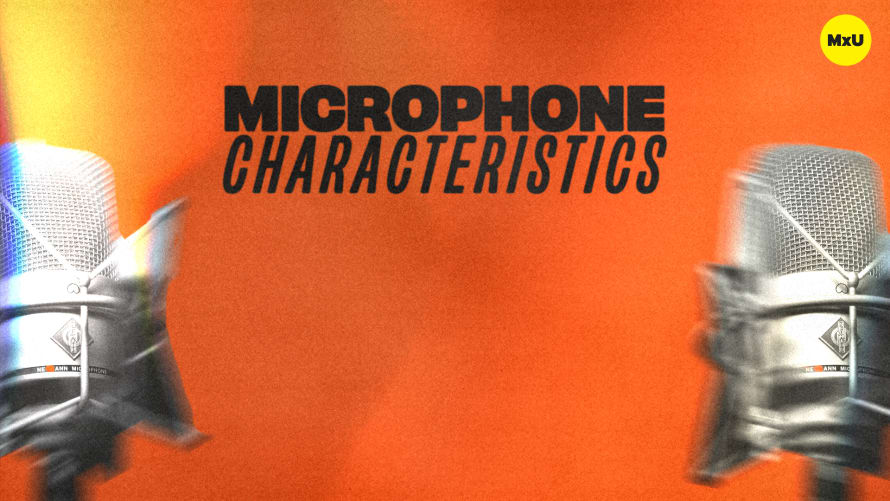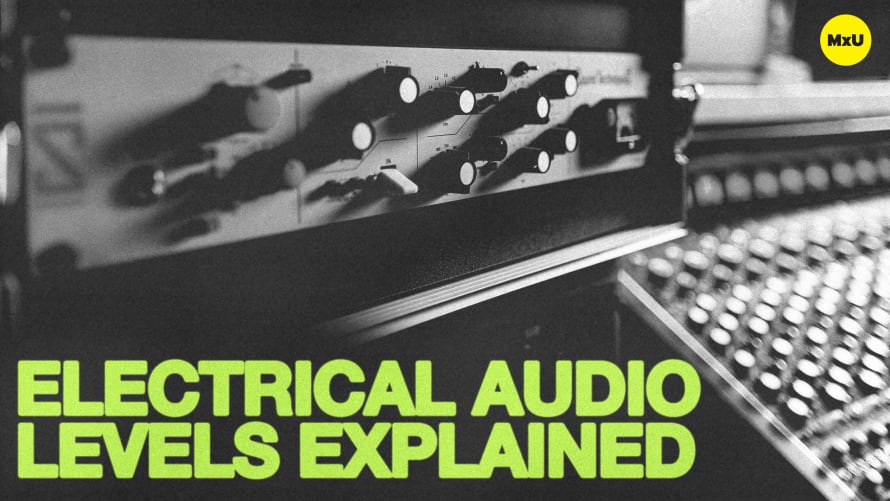Microphone Characteristics


Continue watching
Sign up to continue watching Microphone Characteristics
Pricing
Starting at $19.95 /mo
More in MxU
Each microphone is different from the other not only in its construction but also in how it captures sound. Jeff and Charlie walk through these different characteristics, and how you can apply this knowledge when micing up a sound source.
Key Points:
Key Points:
- When selecting the right microphone, it is important to know the different characteristics. Each characteristic of a microphone affects the over all sound and capability of the mic.
- The main microphone characteristics to consider when selecting and placing microphones are:
- Directional response or polar pattern
- Frequency and transient response
- The sensitivity, overload, and impedance of the mic
- The self noise rating
- Knowing a microphone's characteristics is like knowing the engine specs of a car. They tell you how the microphone will perform, how much power it can handle, and how far you can push it.
Pro Tip:
Most microphone manufacturers provide the characteristics of the microphones they sell. Make sure to spec out each microphone to ensure it makes sense and will work for the desired application.
Topics
Categories
Audio
101
Nothing added









